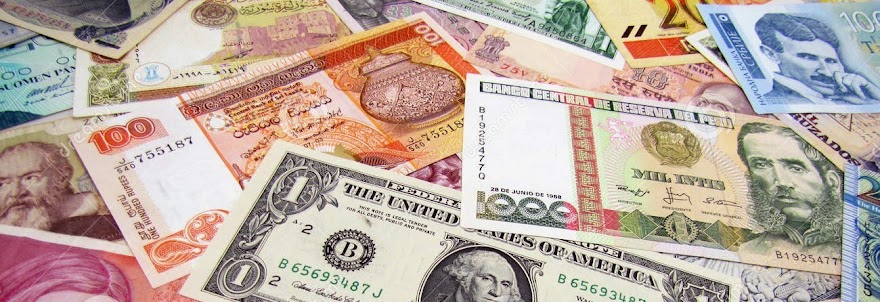By Nilaish
"This was the beginning of pictorial notes in the right sense, notes became dramatically beautiful!"
Currency Note Press at Nashik was inaugrated on 14 April 1928 and soon it started printing currency notes of India. Still some notes were printed by Bank of England Press as earlier they were printed there. The King George V was depicted in royal robes on the obverse of the notes having denomination Re. 1(1917, dated 1935 issued on 1940), Rs. 2/8 (1918-1927), Rs, 5 (1925, 1933), Rs. 10 (1923, 1925, 1933), Rs. 50 (1930), Rs. 100 (1927), Rs. 1000 (1931), Rs. 10,000 (1931).
ONE RUPEE
"This was the beginning of pictorial notes in the right sense, notes became dramatically beautiful!"
Currency Note Press at Nashik was inaugrated on 14 April 1928 and soon it started printing currency notes of India. Still some notes were printed by Bank of England Press as earlier they were printed there. The King George V was depicted in royal robes on the obverse of the notes having denomination Re. 1(1917, dated 1935 issued on 1940), Rs. 2/8 (1918-1927), Rs, 5 (1925, 1933), Rs. 10 (1923, 1925, 1933), Rs. 50 (1930), Rs. 100 (1927), Rs. 1000 (1931), Rs. 10,000 (1931).
ONE RUPEE
1917 Issue, there are 3 signature varieties
One Rupee dated 1935, Issued in 1940, there are four varieties pertaining to design, watermark, paper, serial number pattern.
TWO RUPEES AND EIGHT ANNAS
Issued in 1918 and withdrawn in 1927. This denomination was equivalent to a dollar of that time.
FIVE RUPEES
Five Rupees with two signatures. H. Denning, J.B. Taylor
1933 Issue was with two signatures, J.W. Kelly and J.B. Taylor
TEN RUPEES
Ten Rupees, issued with two signatures; H. Denning, AC McWatters.
Ten Rupees, 2nd Issue with two signatures, H. Denning and J.B. Taylor.
10 Rupees, J.W. Kelly and J.B. Taylor signed these notes.
FIFTY RUPEES
50 Rupees, Signed by H. Denning and J.B. Tyalor
Image Courtesy: Spink
100 RUPEES
100 Rupees, signed by J.W. Kelly, J.B. Taylor and H. Denning
1000 RUPEES
1000 Rupees, J.B. Taylor and J.W. Kelly
Specimen, Image Courtesy: Anonymous
10,000 RUPEES
10,000 Rupees, signed by J.B. Taylor and J.W. Kelly,
Image Courtesy: Rezwan Razack
































































